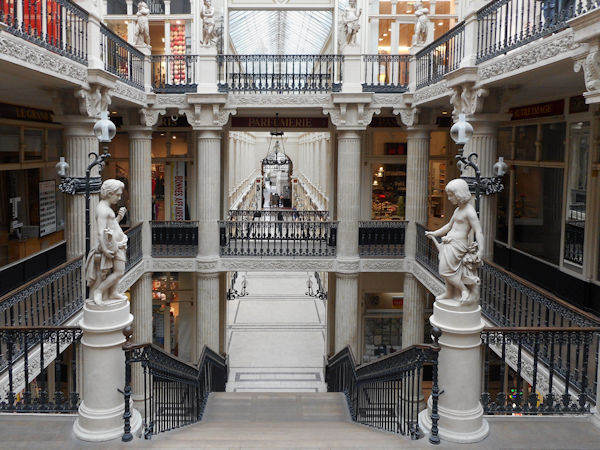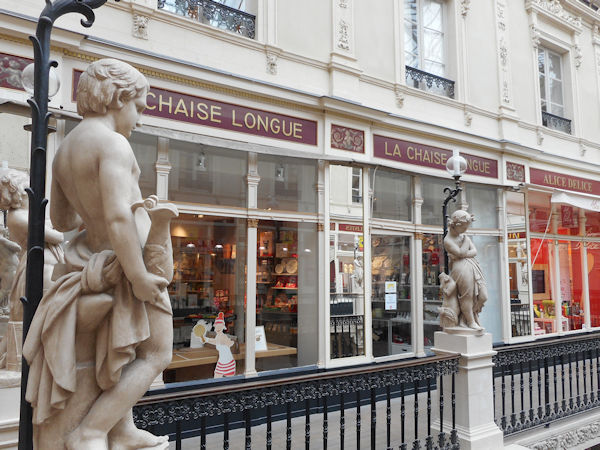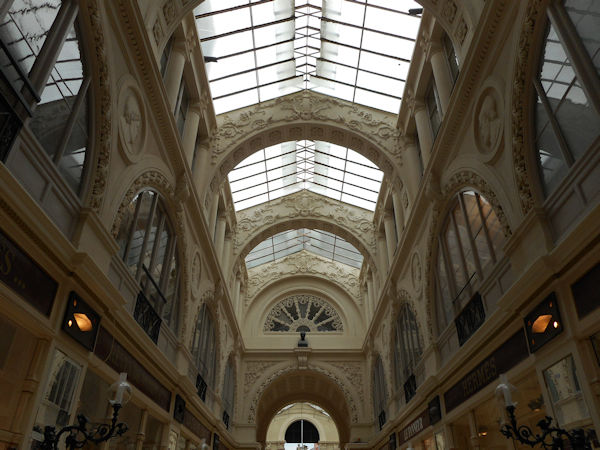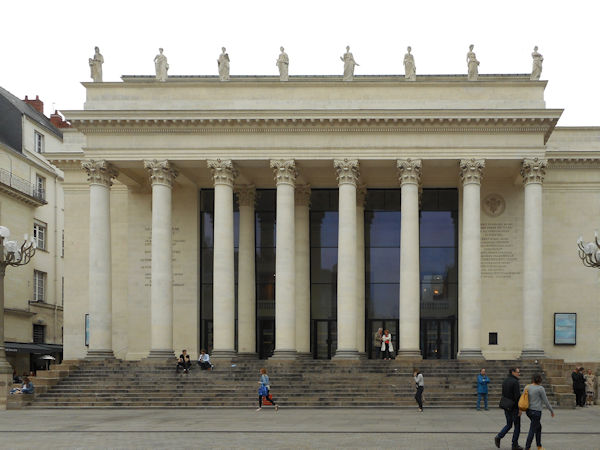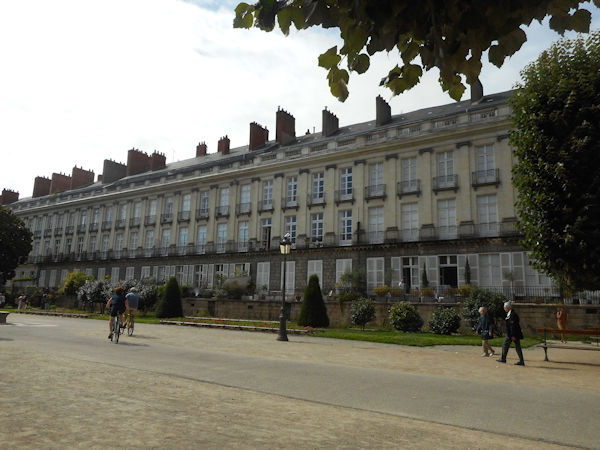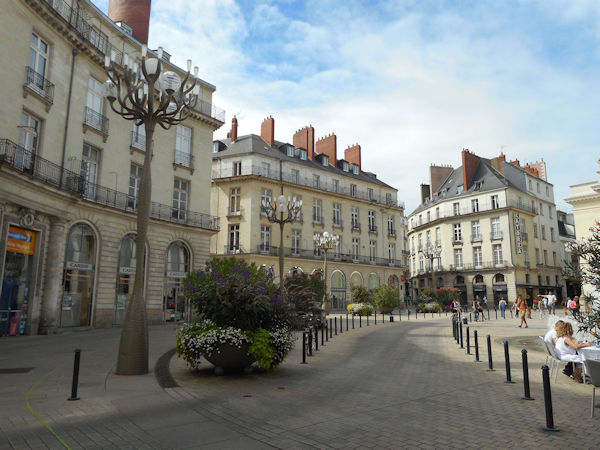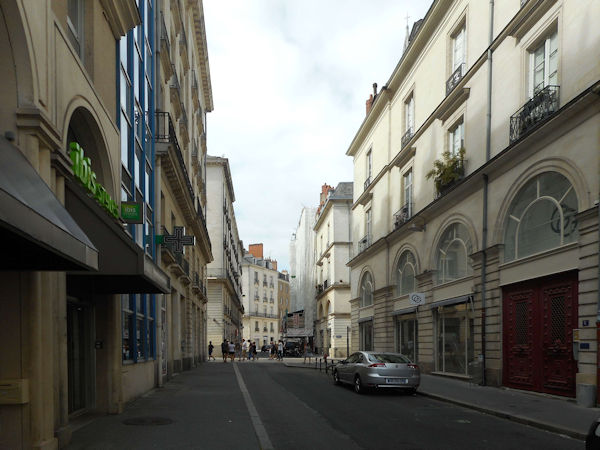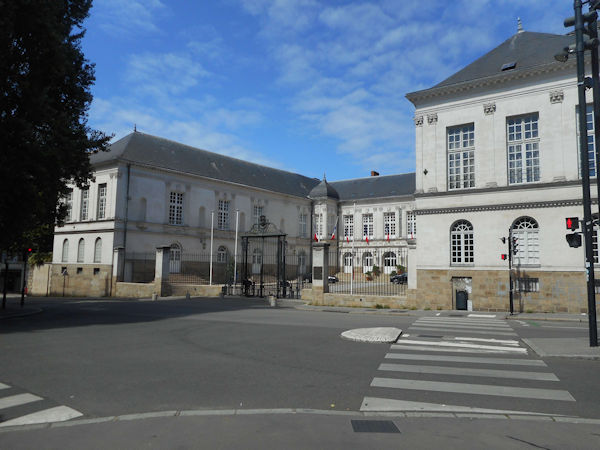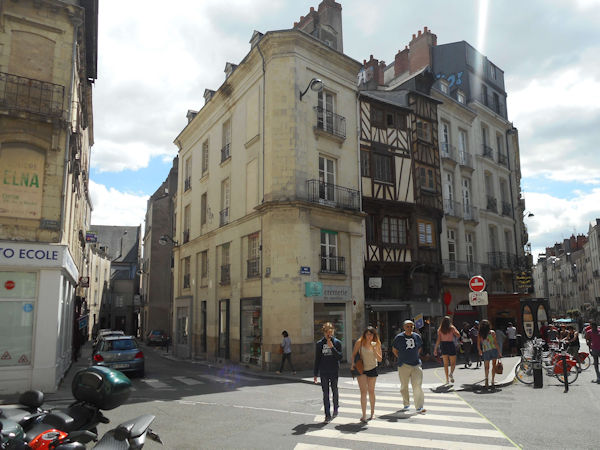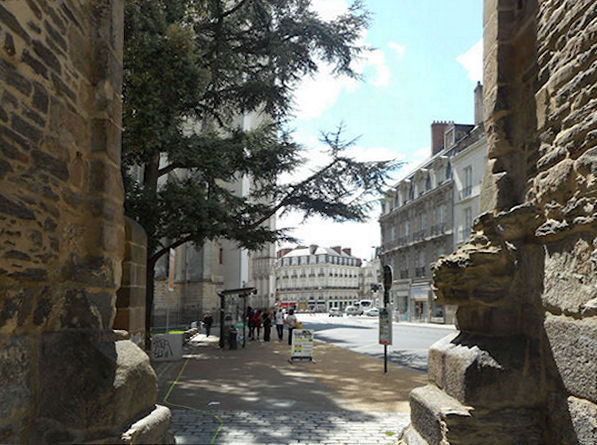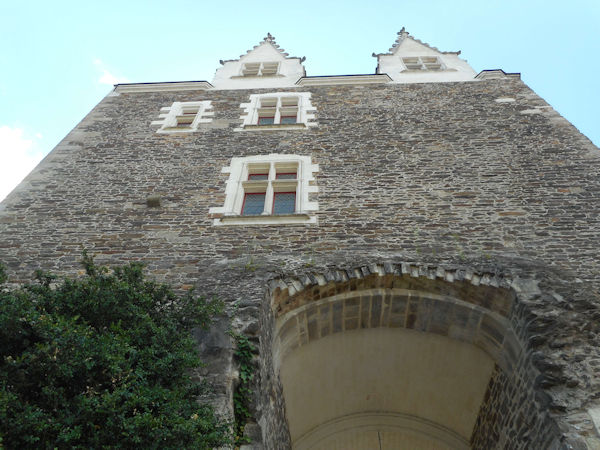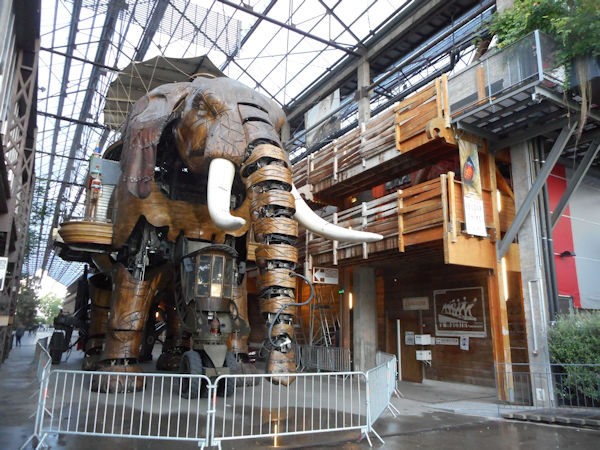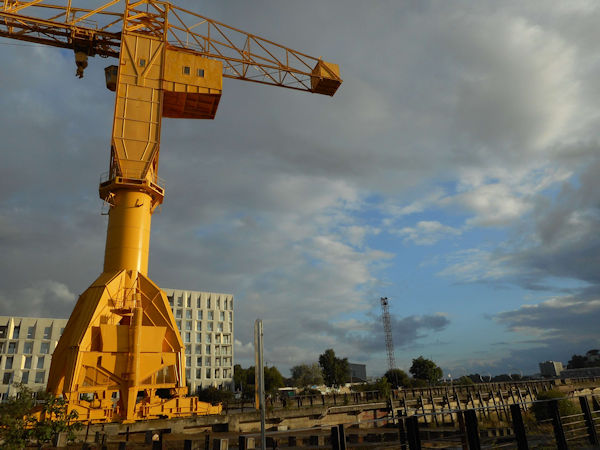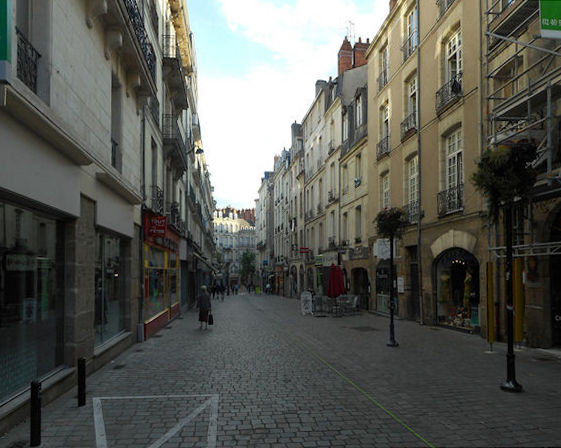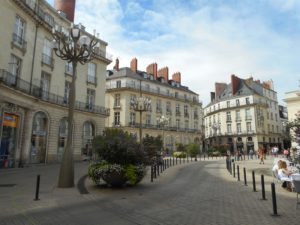
Before my arrival in Nantes, France I was surprised by the nod of approval given by French people in Australia. It has a population of 200,000 people making it lively while retaining a beautiful sense of space and though one of my earliest experiences of small French cities, I expect Nantes to remain as my benchmark for assessing the quality of life in all other places.
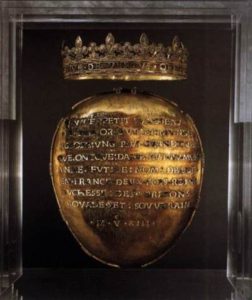
History (Britannica)
Nantes, city, Loire-Atlantique département, Pays de la Loire région, western France. Nantes is situated at the head of the estuary of the Loire River, where it is joined by the Erdre and the Sèvre rivers, 35 miles (56 km) from the sea and southwest of Paris. It is one of the French towns that has changed the most in the 20th and 21st centuries.
Nantes derives its name from the Namnètes, a Gallic tribe who made it their capital. It became a commercial centre under the Romans. The Normans, after pillaging the town, occupied it from 834 to 936. After a long struggle in the Middle Ages between the counts of Nantes and Rennes for the sovereignty of Brittany, in 1560, Francis II, king of France (1559–60), granted Nantes a communal constitution. During the Wars of Religion (1562–98), Nantes joined the Catholic League and only opened its gates to Henry IV, king of France (1589–1610), in 1598, the same year he signed the Edict of Nantes, a charter assuring religious and civil liberties to the Protestants. During the French Revolution, Nantes suffered the ruthless repression of an envoy of the revolutionary Committee of Public Safety named Jean-Baptiste Carrier. In 1793 Carrier replaced executions by the guillotine, which he considered too slow, with mass drownings. The city was occupied by the Germans during World War II.
Greatly modified by an urban renewal plan that was adopted in 1920, Nantes was further altered and extended after having been partly destroyed in World War II. In the 1960s Nantes was designated as one of the eight provincial counterweights to reduce the dominance of Paris on French national life. It has become a dynamic regional centre, with a diversified economic structure. Traditional industries such as food processing, engineering, and the manufacture of components for the aeronautical industry remain important, but recent growth has occurred in fields such as biotechnology. A large scientific park, created in 1987, was designed to foster these activities. Nantes is also a major business centre and is the home of many regional headquarters of both industrial and services firms. A number of public and private sector offices have relocated from Paris to the city. Nantes has a large higher education section. The original university (founded 1460) was abolished during the French Revolution, but a new one was established in 1961. Tourism has been stimulated by redevelopment of part of the former docklands and the building of specialized conference facilities.
CLICK Refresh FOR SLIDES
